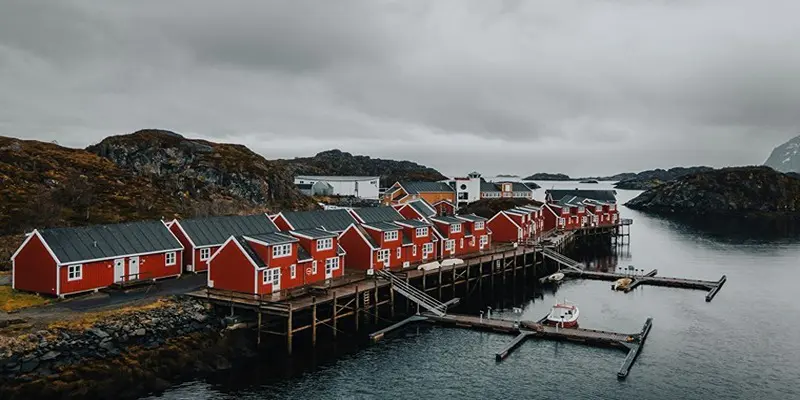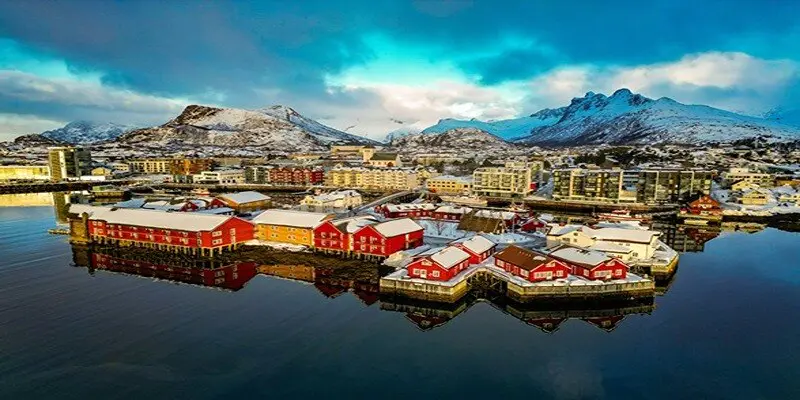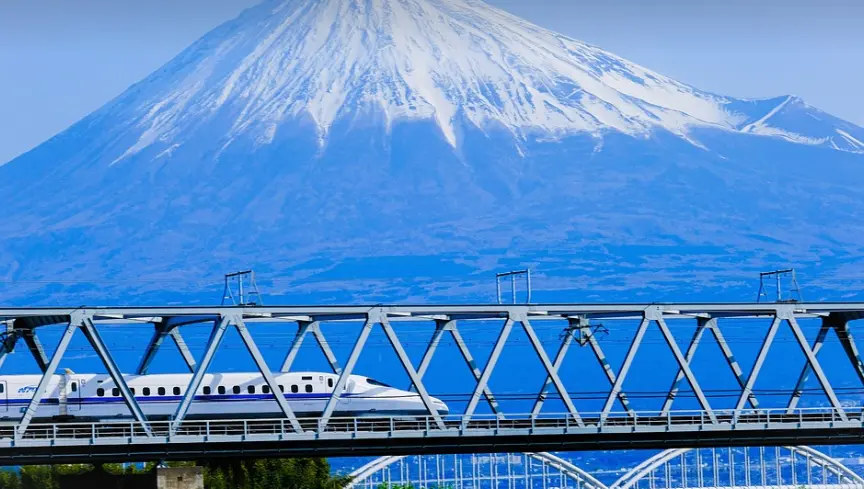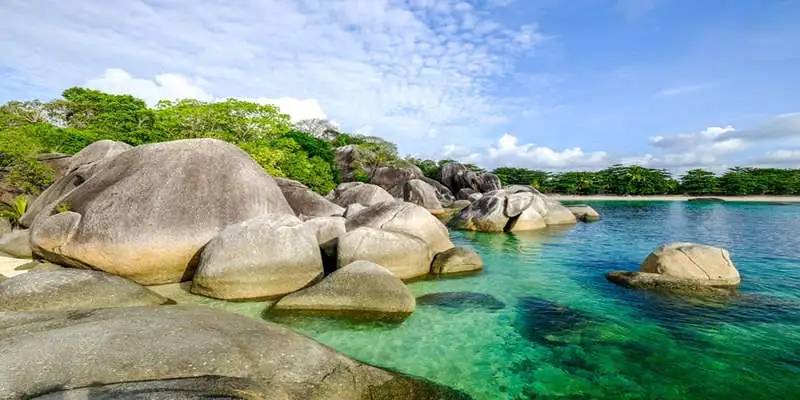The Lofoten Islands, a hidden gem in the Norwegian Arctic Ocean, are famed for their majestic mountains, pristine waters, and pristine sandy beaches. These islands offer something for everyone, from nature lovers to adventure seekers and cultural aficionados. This comprehensive travel guide is your key to planning an unforgettable 2024 trip, detailing the best times to visit, transportation options, accommodation choices, and top activities. Get ready for a remarkable journey filled with hiking, fishing, and more.
Best Times to Visit the Lofoten Islands
Seasonal Attractions of Lofoten
The Lofoten Islands are a year-round destination, with each season presenting unique experiences. Winter (December to February) offers a snowy wonderland for aurora chasing and winter sports. Spring (March to May) sees melting snow and blooming nature, perfect for hiking. Summer (June to August) is celebrated for the Midnight Sun, providing extended daylight for activities like hiking and kayaking. Autumn (September to November) is a quieter period with colorful foliage, ideal for photography and leisurely walks. Understanding these seasonal variations will help you tailor your vacation to your preferences.
Choosing the Perfect Timing for Your Activities
The best time to visit Lofoten depends on your intended activities. For the highest likelihood of seeing the Northern Lights, aim for a trip between late September and mid-April. The summer months (June to August) are unparalleled for trekking and outdoor adventures, with trails like Reinebringen and Ryten offering excellent conditions. Summer is also the peak season for fishing and boat tours. Autumn, with its vibrant landscapes and fewer crowds, is perfect for photography and peaceful strolls. Regardless of your interests, there's an ideal season for a memorable stay in Lofoten.
Reaching the Lofoten Islands
Transportation Options: Air, Sea, and Road
Getting to the Lofoten Islands involves some travel, but the journey is part of the experience. The quickest way is by air, with flights from major Norwegian cities like Oslo to Leknes or Svolvær airports, which are well-connected for convenience. Alternatively, you can drive to Moskenes from Bodø and take a ferry to the islands. Driving allows for flexibility and the opportunity to explore at your leisure, with the E10 road providing a scenic route to Lofoten through tunnels and bridges. Each mode of transportation offers a unique experience on the way to Lofoten.
Getting Around the Lofoten Islands
Once in Lofoten, navigating the islands is quite manageable. Renting a car is highly recommended for exploring remote areas and discovering hidden gems. The roads are well-maintained, offering the freedom to visit lesser-known spots. Buses service major towns and attractions but are less frequent, especially during the off-season. Cycling is a popular summer activity, offering an exhilarating way to explore the islands.
Accommodation Choices in the Lofoten Islands
Lodging Options: A Diverse Range of Experiences
Lofoten offers a variety of accommodations to suit different tastes and budgets. Whether you choose to stay in the lively centers of Svolvær and Reine or opt for traditional fishermen's cabins (rorbuer) in villages like Hamnøy and Sakrisøy, you're guaranteed a memorable stay. Many rorbuer have been transformed into comfortable guesthouses, offering a cultural immersion with spectacular views.
Suggested Lodging Areas in Lofoten
The choice of where to stay depends on your travel plans. Reine and Hamnøy are excellent for breathtaking views and proximity to hiking trails. Svolvær, the largest town, offers a mix of natural splendor and modern conveniences, including dining and shopping options. For a quieter, more intimate experience, consider Henningsvær, an artistic
Recent
See All2025-04-15
Set Sail for a Gastronomic Adventure: Must-Visit Foodie Paradises
2025-04-15
Embarking on a Journey to Kandersteg and Lake Oeschinensee: Your Comprehensive Travel Guide
2025-04-15
Discover the Everlasting Magic of Burning Man in Reno: A Year-Round Festive Spirit
2025-04-15
Diving into the Essence of Culture: A Deep Travel Experience Guide
2025-04-15
Delve into the Rich Tapestry of Japan via Rail: An Exhaustive Travel Manual
2025-04-15
Embark on a Visual Journey Through Indonesia's Dazzling Landscapes with 20 Captivating Images
2025-04-15
Embark on a Journey Through Northern Ireland: Unmissable Experiences for 2024
Newsletter
Get life tips delivered directly to your inbox!









